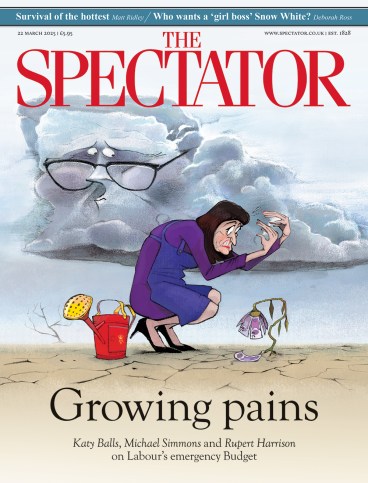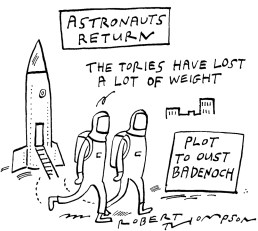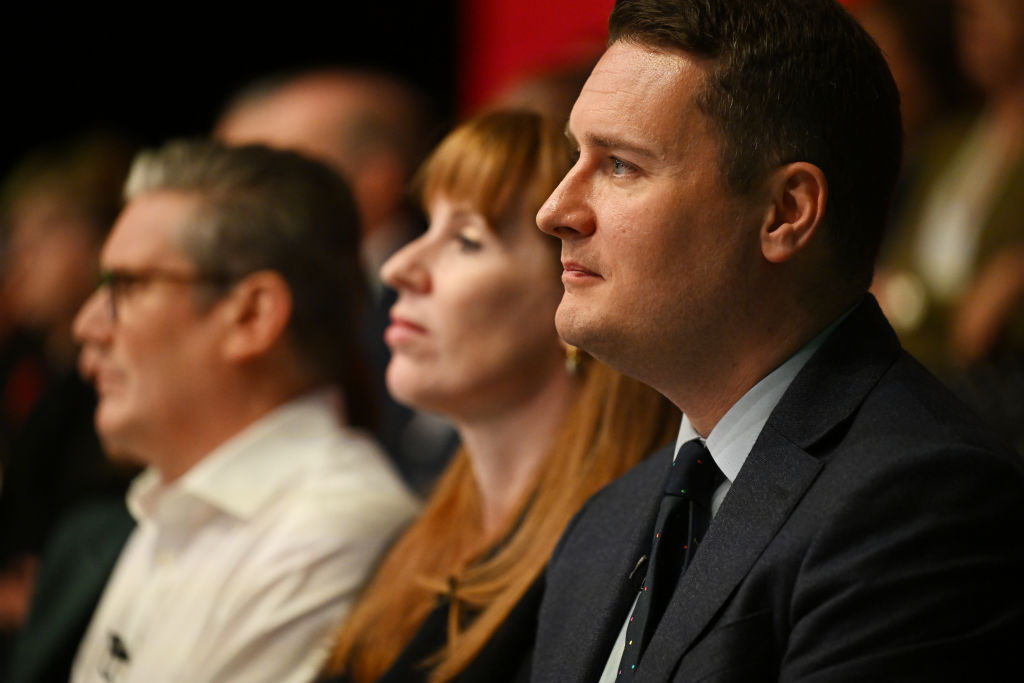
The theory of evolution is dominated by the utilitarian logic of natural selection: adapt or die, survival of the fittest. But consider that ‘fit’ has two meanings these days: ‘healthy’ but also ‘hot’. There is another evolutionary mechanism that scientists have taken a longer time to appreciate – seduction by the hottest, rather than survival of the fittest. It generates very different and much stranger outcomes. Perhaps even the big brains of human beings evolved as seduction devices more than survival aids.
When an animal selects a mate, it can shape the future of its species just like breeders of dogs shape different breeds. Sexual selection through mate choice is the ‘fun’ version of evolution, able to generate random, arbitrary and bizarre innovations. It has been consistently underestimated as a source of variety in the natural world.
Birds provide the boldest examples of sexual selection. In contrast to mammals, birds are often brightly coloured, spend a lot of time singing and frequently grow crests, tails, ruffs or plumes that positively hinder their survival. These troubled Charles Darwin. If selective survival drives evolution, then how could such ornaments come into existence, let alone persist? ‘The sight of a feather in a peacock’s tail, whenever I gaze at it, makes me feel sick,’ he wrote to the Harvard biologist Asa Gray in April 1860, a few months after the publication of On the Origin of Species. He meant that his critics had a point when they said such extravagant ornamentation could not arise by survival of the fittest.
The answer he came up with was that it was the females’ doing: peacocks had elaborate trains because peahens preferred them that way. ‘The most refined beauty may serve as a charm for the female, and for no other purpose,’ he wrote. Darwin championed this second theory of evolution, which he saw as quite distinct from the first. In his mind, mate choice was necessary to explain why many animals are not dull, puritanical, survival machines, but colourful, musical and playful creatures.
His position surprised and embarrassed even his allies. Female birds were not capable of aesthetic appreciation, they scoffed; and women do not choose their mates – men do; and men mind more about beauty than women do, said these elderly, portly, whiskered gentlemen. Sexual selection caused Darwin’s biggest rift with the co-discoverer of evolution, Alfred Russel Wallace, who refused to accept mate choice as a significant evolutionary force. The two spent a weekend arguing about it in September 1868 and failed to resolve their differences.
It has taken more than a century of experiments and mathematical modelling to show that Darwin was on to something – and to illuminate why. Yet even now, many biologists resist his logic and insist, like Wallace, that peacocks’ trains are merely indicators of strength and health. But studies consistently fail to find good evidence that by being choosy, female birds get genes that help their offspring survive. Instead, they get genes that help their offspring attract mates even at the expense of survival.
Take black grouse. A dozen or more males gather at a traditional ‘lek’ every day for months to display their bizarre blue, black and white bodies with bright red eyebrows, in a sort of communal sperm market. Females visit the leks over several days and choose a mate – and they nearly all choose the same one. He usually has good plumage and dances vigorously, yet to the human eye he seems little different from his rivals.
Where natural selection is dull and utilitarian in its output, sexual selection is fun and strange
The females, however, may not be instinctively seeking ‘fit’ fathers for their offspring in the sense of health, so much as ‘fit’ fathers in the sense of attractiveness. A strange imperative takes over: it becomes essential that females copy each other’s choice, or they risk having sons that don’t attract females. It’s a vicious circle with female preference and male display co-evolving in a runaway fashion.
And here is the kicker: it’s arbitrary. Any search for ‘rhyme and reason’ in the females’ criteria of choice will come up empty. Red or blue, crest or tail, decorated or plain, fleshy or feathery – anything goes. This kind of evolution can produce extravagant and eccentric outcomes. It is creative in a way that natural selection is not.
What about people? Much of our sexual display takes the form of artefact: clothing, make-up, jewellery, fast cars and so on. But even this has parallels in the world of birds. The bower birds of Australia and New Guinea build elaborate structures and decorate them with flowers and brightly coloured objects. Experiments in which scientists enhanced the decoration of some bowers and reduced the decoration in others revealed that females prefer to mate with the males that have the most artistic decoration.
Napoleon supposedly said if you can make a woman laugh you can ‘conquer her’. Sexism aside, this kind of remark might be a clue to how the human mind evolved. Things such as wit, eloquence, music and even intelligence make relatively little sense as survival aids. Sure, they may have social benefits, but could they have sexual ones too?
In other words, rather than helping the individual survive, a sense of humour or an artistic skill could have helped a person attract a good mate. And ‘good’ in this context could simply mean a mate that could breed attractive offspring – which would make the process into a runaway feedback loop driving exaggeration of the behaviour.

Sexual selection does not necessarily work in only one sex. Since the 1990s, scientists have shown that mutual mate preference explains the appearance of bright colours on both sexes in birds such as puffins, penguins, parrots and pigeons. Such species are mostly monogamous so both sexes are selective and both sexes are colourful. One study showed that the size of the topknot on a head of a bird called the crested auklet determines how quickly both males and females win mates.
Human beings are mostly monogamous too, and choosing the best possible partner to form a long-term relationship with clearly matters to both sexes (short-term liaisons are a different matter). But unlike crested auklets, in human beings the two sexes are not identical in appearance or behaviour. A parallel may be the paradise shelduck of New Zealand, in which both males and females have smart, colourful plumage but they look very different. The physical features of female human beings that are deemed attractive to males are not the same as the male features that are deemed attractive to females – and this is arguably true of mental features too.
More than two decades ago, in The Mating Mind, evolutionary psychologist Geoffrey Miller set out the argument that sexual selection has been neglected as a possible explanation for how the human mind has evolved. He argues that it is difficult to come up with natural-selection arguments for things such as storytelling, gossip and self-consciousness. But sexual selection through mate choice specialises in generating such ‘apparently useless embellishments’. Where natural selection is dull and utilitarian in its outputs, sexual selection is fun and strange.
The neglect of sexual selection in the study of human beings has left anthropology, psychology, economics, political science and even social policy the poorer. Even when discussing birds, most textbooks relegate sexual selection to a minor side issue, useful for explaining peacocks’ tails and not much else. That is wrong. It’s time to give evolution’s frivolous version, mate choice, its deserved place in the sun. It is a major force, as important as natural selection and very different.
Matt Ridley’s Birds, Sex and Beauty is out now.








Comments